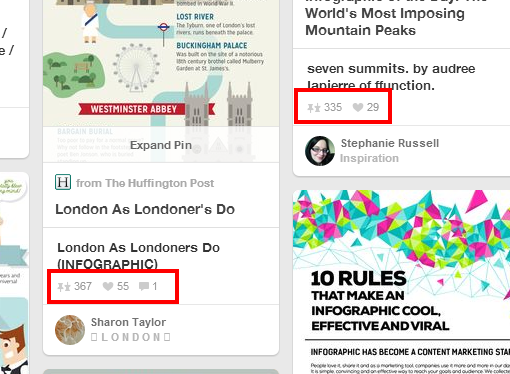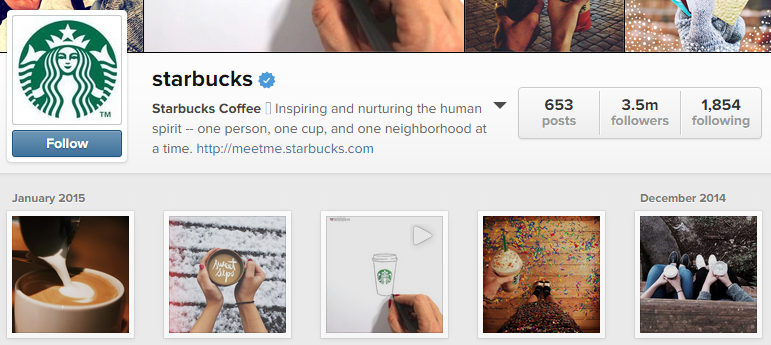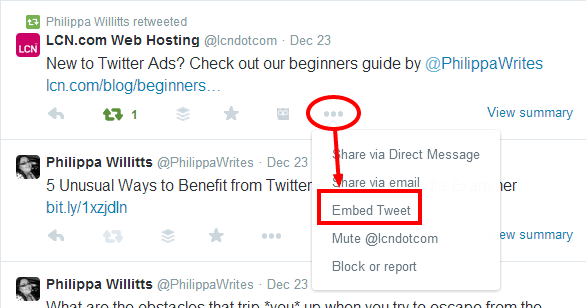88% of UK marketers use content marketing to build their business, boost sales and raise brand awareness.
Because of the quantity of new content on the web each day, brands are under pressure to produce new, fresh content on an ongoing basis.
The Content Marketing Institute found that the four most popular types of content created for content marketing purposes are:
- Social media content
- Blogs
- Articles
- eNewsletters.
These forms of content are popular because they are effective. However, text-based content alone can, from time to time, get a little dull (both for you and your target audience!).
For this reason, creating content in a mixture of different formats can help you to get your message across in a way that remains relevant and interesting.
Planning out the formats you will use as part of your overall content marketing strategy is the best way to ensure that you regularly produce a variety of content types.
Select one or two new channels or formats to start with and build up from there.
Infographics
Infographics are an attractive, eye-catching way of presenting information so that it can be appreciated in a more visual, easy-to-understand format.
These pictorial presentations are an incredibly popular form of content because people love to share infographics.
These shares attract backlinks which, combined with the pleasure infographics bring to an audience, mean infographics are often a smart, strategic investment.
Pinterest, the image-sharing website, is full of infographics. Each pin on Pinterest provides a traffic-driving link back to the website hosting the infographic; the best-designed and most useful images can be shared hundreds of times.
 Infographics on Pinterest
Infographics on Pinterest
Brands can create their own infographics using tools like Canva or Piktochart.
Alternatively, graphic designers who specialise in creating infographics can be hired to produce the work.
Check out our guide to creating amazing sharable infographics.
Your own research
If you are in a position to carry out research and extract interesting data you can create exclusive, original content.
You might discover quirky facts that catch the attention of journalists on a slow-news day (“Brits ‘most amorous taxi passengers in the world‘”) or useful data that others in your industry want to know about (“New research shows social media word-of-mouth rising“).
Offer customers a discount code in return for filling out your survey, then make the most out of the information you glean from them.
User-generated content
You have an audience, so take advantage of what they have to offer! If your customers endlessly post photos of your eccentric café or your beautiful gallery on Instagram, run a contest and share the resulting images on Facebook and your website.

Starbucks often engages with fans on Instagram, and encourages them to send in their own images.
Photographic competitions will showcase your venue and encourage your customers to engage with, and promote, your brand. Alternatively, if your e-commerce store buyers post reviews on your website, feature the most compelling comments in a video or on your blog.
Content created by your users is unique and it is original, and all content creators should be aspiring to uniqueness and originality.
Podcast
15% of people consume a podcast at least once a month, which means that brands should really consider offering audio content.
Podcasts can be produced for a minimal financial outlay and they can be made in-house, although businesses may prefer to outsource the more technical aspects of the production.

Podcasts come in many shapes and sizes from 5-minute Q&A formats to hour-long round-table discussions. Listen to some of the podcasts available in your own industry and decide on the approach you prefer.
Transcribing the podcast and publishing the text along with the audio file can improve the SEO benefit of the broadcast, while distributing the podcast via a range of channels (e.g. iTunes, Stitcher, RSS) will increase its reach considerably.
Related: Essential podcasting tools for audio bloggers
Memes
Memes are images or motifs that spread around the internet like wildfire and capture a humorous moment or a prevailing attitude, usually in a cartoon or video format.
Some brands have used memes in their content and social media marketing to great success (e.g. HubSpot’s use of the ‘What I do’ meme), however, it is advisable to tread carefully: it is easy to misjudge a mood or embrace a theme that is out of date.
Plus, if your target audience is not of a generation that is typically familiar with the latest trends, memes are perhaps best avoided.
Embedded social media content
Twitter and Facebook content typically has a lifespan of a matter of hours before it disappears into obscurity. However, relevant social media updates can be embedded into blog posts.

It’s easy to embed a tweet into your own website.
Try to choose the most popular content with the highest engagement to embed into your content; this added exposure will encourage readers to follow you on social media, too.
Conclusion
With a bit of creative thinking and strategic planning, brands can expand content production to incorporate a wider range of formats than simply text alone.
Think of your target audience and the content they consume and come up with a plan that makes you relevant and fascinating to the people you want to impress the most.
Your Say!
How do you mix up your content marketing strategy? Do you have a pre-determined plan as to how to vary your content, or do you kind of make it up as you go along?

2 thoughts on “Vary Your Content Marketing Mix to Supercharge Success”
Comments are closed.